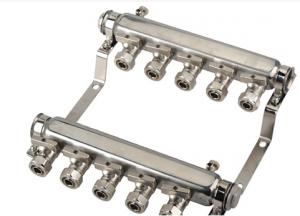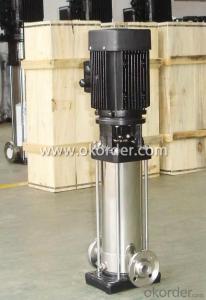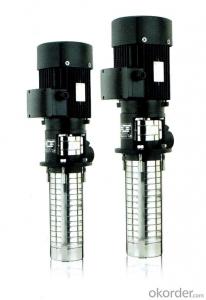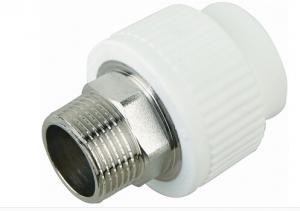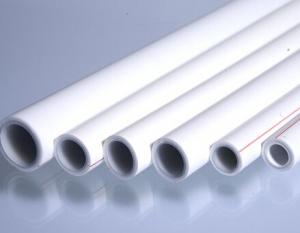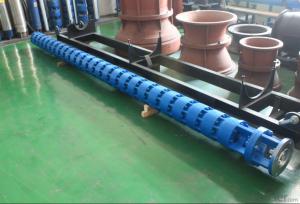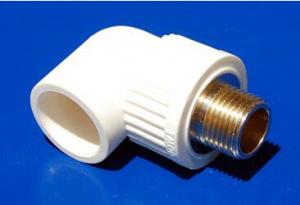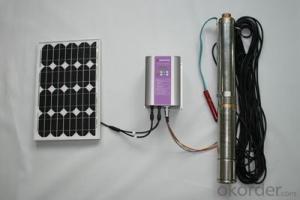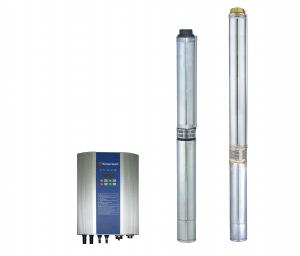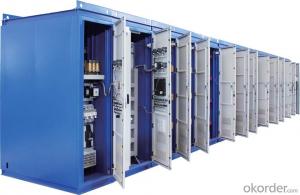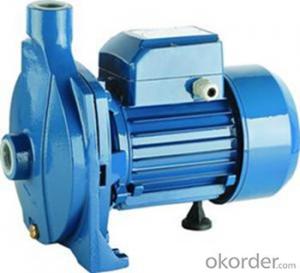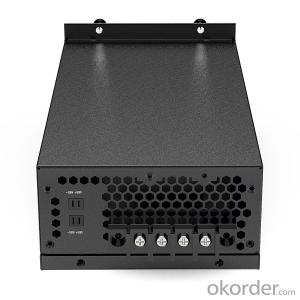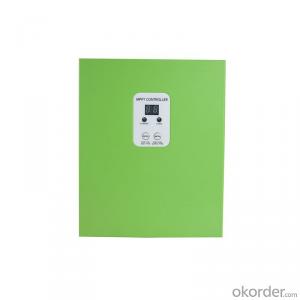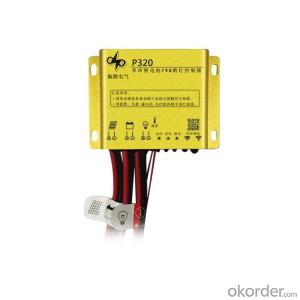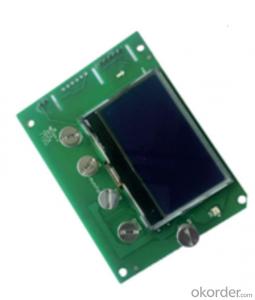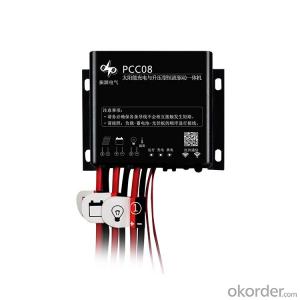Water Pump Solar Inverter
Water Pump Solar Inverter Related Searches
Wd 40 For Stainless Steel Best Inverter For Solar System Hot Water Bags For Pain Relief Mppt Inverter For Solar System Led Headlight Kits For Trucks Led For Cannabis Growing Hs Code For Solar Inverter Solar Shades For Windows Ready Made Bars For Home Plastic Mat For FloorHot Searches
Steel Mesh Panels For Sale Cheap High Tea Sets For Sale High Density Fiberboard For Sale Solar Hot Water Collectors For Sale Scaffolding For Sale In Uae Scaffolding For Sale In Ireland Scaffolding For Sale In Houston Type Of Inverter For Solar Used Solar Inverter For Sale Portable Led Signs For Sale Stone Hot Water Bottles For Sale Large Led Screens For Sale 1/4 Aluminum Plate For Sale Passive Solar Water Heater For Sale H4 Led Headlight Bulbs For Sale Air Pump For Aquarium Price Inverter Size For Solar System Solar Edge Inverter For Sale 5kw Solar Inverter For Sale Printed Solar Cells For SaleWater Pump Solar Inverter Supplier & Manufacturer from China
Okorder.com is a professional Water Pump Solar Inverter supplier & manufacturer, offers integrated one-stop services including real-time quoting and online cargo tracking. We are funded by CNBM Group, a Fortune 500 enterprise and the largest Water Pump Solar Inverter firm in China.Hot Products
FAQ
- Yes, a solar controller can be used with a solar-powered electric vehicle charging station network. A solar controller is a device that regulates the voltage and current from solar panels to charge batteries or power electrical devices. In the context of a solar-powered electric vehicle charging station network, a solar controller can be used to control the flow of electricity from solar panels to the charging stations. The solar controller ensures that the electricity generated by the solar panels is efficiently utilized and stored in batteries, if necessary, to power the charging stations. It monitors and optimizes the charging process based on the available solar energy, battery capacity, and the demand from the electric vehicles. By utilizing a solar controller, the charging station network can effectively manage the solar energy generation and distribution, ensuring a stable and reliable power supply for electric vehicle charging. This can help reduce reliance on the grid and promote the use of renewable energy sources, contributing to a more sustainable and environmentally-friendly transportation system.
- Yes, a solar controller can be used with a solar-powered data center. A solar controller regulates the flow of electricity from the solar panels to the batteries, ensuring optimal charging and preventing overcharging. This is essential for maintaining a stable power supply in a solar-powered data center, as it helps regulate and manage the energy generated by the solar panels.
- Solar panel tilt and azimuth adjustment systems can be used in conjunction with a solar controller. The primary purpose of a solar controller is to regulate battery charging connected to solar panels. It monitors the voltage and current from the panels, ensuring efficient and safe charging. Solar panel tilt and azimuth adjustment systems are used to position the panels for optimal sunlight exposure. Tilt adjustment angles the panels towards the sun throughout the year, while azimuth adjustment aligns them with the sun's position during the day. When using a solar controller with these adjustment systems, the controller's main function remains regulating the charging process. However, it must be integrated with the tilt and azimuth adjustment systems for proper operation. The solar controller should receive input from sensors or devices that determine the ideal tilt and azimuth angles based on factors such as the time of year and the sun's position. This information is then used to adjust the charging parameters accordingly. Integrating a solar controller with tilt and azimuth adjustment systems allows for not only optimizing the charging process but also maximizing overall energy generation. This can lead to increased efficiency and improved performance of the solar power system.
- Yes, a solar controller can be used with solar-powered indoor retail facilities. A solar controller is an essential component of a solar power system, regardless of whether it is used in indoor or outdoor settings. The purpose of a solar controller is to regulate the flow of electricity from the solar panels to the batteries, ensuring that the batteries are charged efficiently and preventing overcharging or damage. In the case of solar-powered indoor retail facilities, a solar controller would still be necessary to manage the electricity generated by the solar panels and ensure that it is properly stored and utilized for powering the facility's lighting, appliances, and other electrical equipment.
- Solar-powered indoor parking facilities can indeed utilize a solar controller. This device serves to regulate the flow of energy from the solar panels to the batteries, effectively preventing any overcharging. To harness electricity from sunlight, solar panels can be positioned on the roof or outside the structure. Consequently, the solar controller takes charge of managing the energy generated by these solar panels and ensuring its efficient storage in the batteries. This stored energy can then be effectively employed to power various systems within the indoor parking facility, including lighting, ventilation, and security systems. By incorporating a solar controller, these facilities can optimize their energy consumption and reduce their dependence on grid electricity. This, in turn, leads to cost savings and a more sustainable operational approach.
- Yes, a solar controller can be used with a solar-powered recreational facility. A solar controller regulates the flow of electricity from the solar panels to the battery bank, ensuring efficient charging and preventing overcharging or damage to the batteries. It is an essential component in managing the power supply for a solar-powered facility, including recreational facilities such as campsites, sports complexes, or outdoor activity centers.
- To maintain a solar controller, there are a few key steps that you should follow: 1. Regularly inspect the controller: Check for any signs of damage or wear on the controller itself. Look for loose connections, frayed wires, or any other visible issues. If you notice any problems, address them promptly to prevent further damage. 2. Clean the solar controller: Dust, dirt, and debris can accumulate on the solar controller over time, reducing its efficiency. Use a soft cloth or a brush to gently clean the surface of the controller. Avoid using harsh chemicals or abrasive materials as they may damage the controller. 3. Check the connections: Ensure that all the connections between the solar panels, battery, and load are secure and properly tightened. Loose connections can lead to power loss and inefficiency. If you find any loose or corroded connections, tighten them or replace them if necessary. 4. Inspect the battery: If your solar controller is connected to a battery, regularly check its condition. Monitor the battery voltage and ensure it is within the recommended range. If the battery voltage drops significantly, it may indicate a problem with the controller or the battery itself. 5. Update firmware (if applicable): Some solar controllers have firmware that can be updated to improve performance or address any bugs or issues. Check the manufacturer's instructions or website for any available firmware updates and follow the instructions to update the controller if needed. 6. Protect from extreme temperatures: Solar controllers are designed to operate within a specific temperature range. Extreme heat or cold can affect their performance or even damage them. If possible, install the solar controller in a location that offers protection from extreme temperatures. 7. Follow manufacturer's guidelines: Finally, always refer to the manufacturer's guidelines and instructions for specific maintenance recommendations for your solar controller model. Different controllers may have unique maintenance requirements, so it's essential to follow the manufacturer's guidelines to ensure proper care and longevity of your solar controller.
- Yes, a solar controller can be used with solar panel RV mounts. A solar controller is an essential component of a solar power system as it regulates the charge going into the batteries from the solar panels. Whether the solar panels are mounted on an RV or any other location, a solar controller will effectively manage the charging process and protect the batteries from overcharging or damage.





